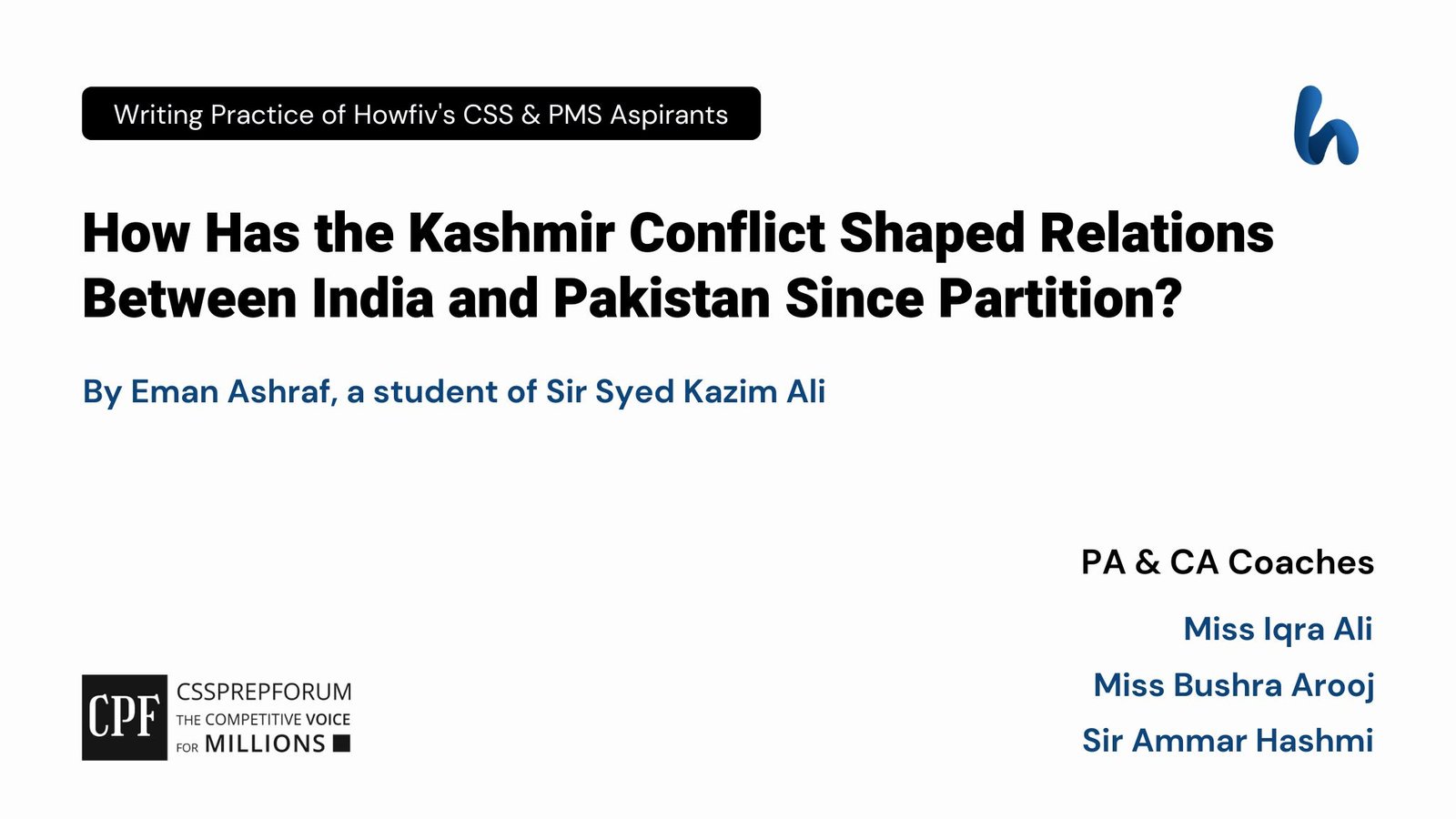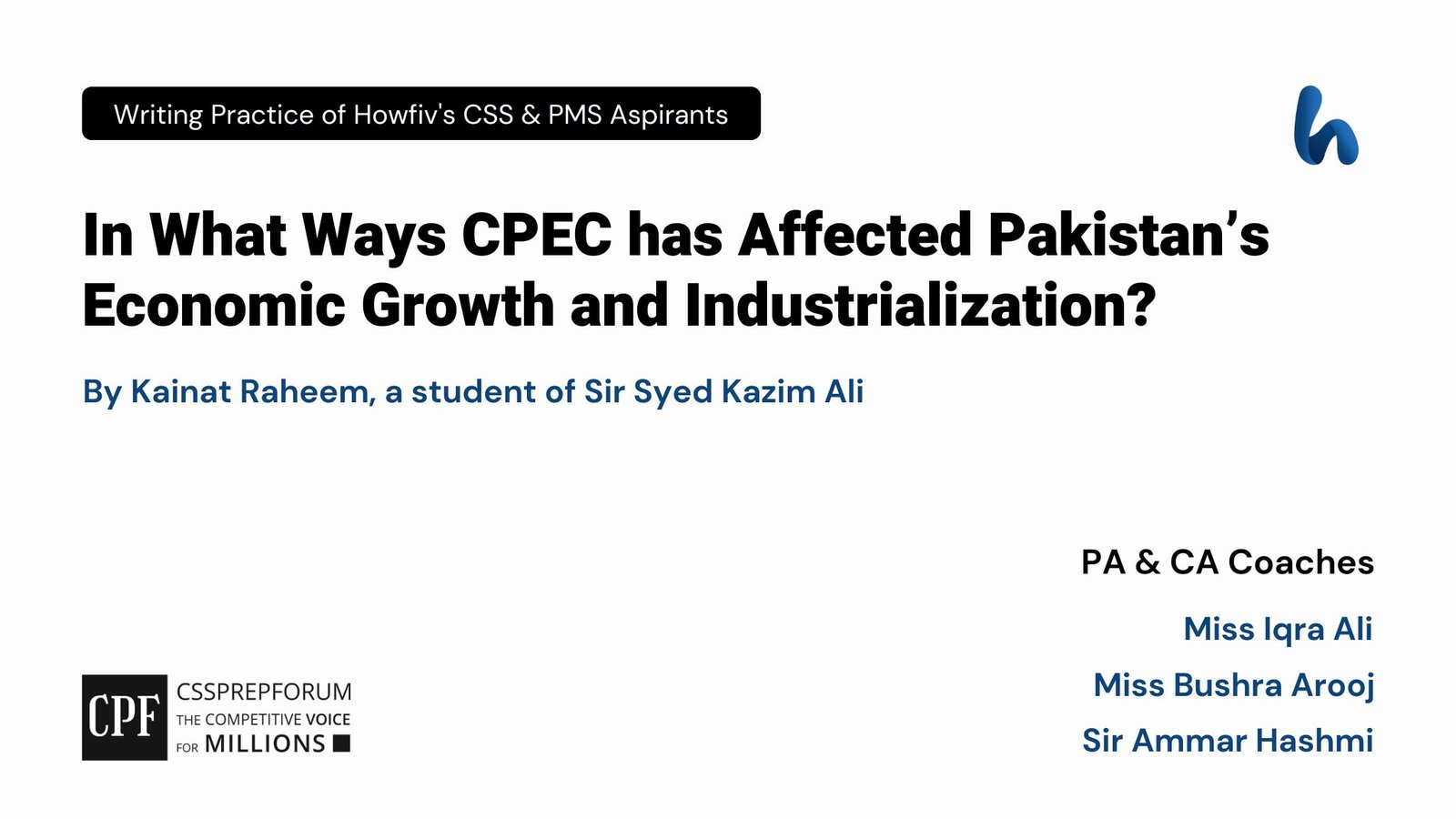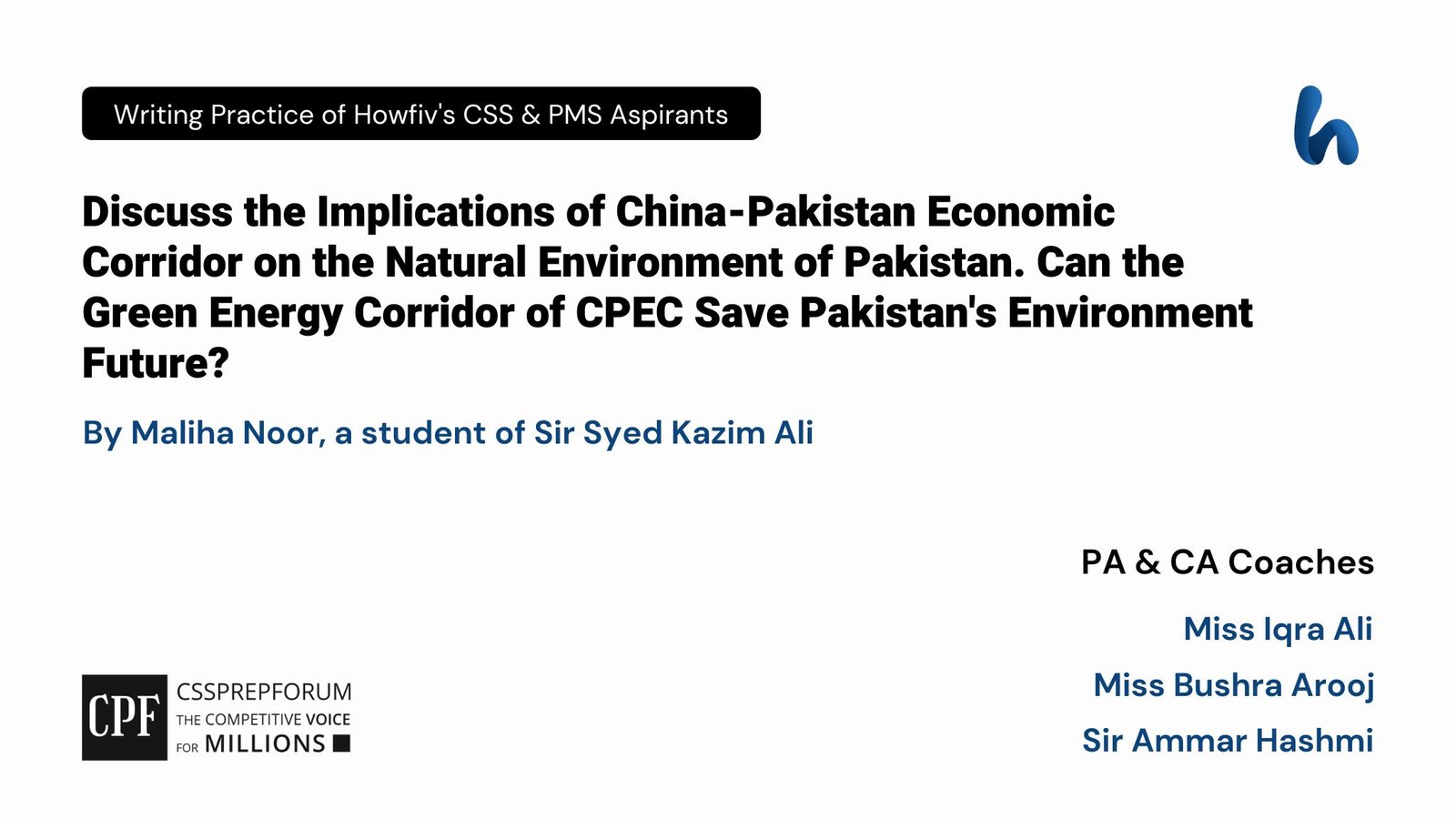There are a number of socio-economic challenges that need an immediate response on the part of Pakistan to resolve them satisfactorily to pave way for the occurrence of overall progress. Challenges big or small, are challenges, which ought to be faced by all countries—developed or underdeveloped.

The major social challenges confronting Pakistan are:
1) Illiteracy
2) Population growth
3) Unemployment among the educated class
4) Lack of imbalance between the rural and urban areas in term of socio-economic opportunities
5) Alienation towards the home culture
It may be pointed out that the social challenges are interlinked with economic ones since their roots converge together at a higher level. It is now intended to deal with the aforesaid challenges in some details.
Literacy is a basic learning tool for basic education. Literacy does not mean merely the skills of reading and writing but equipping the people with skills to learn, protect, and empower themselves in society and effectively contribute to decision making at different levels. In an illiterate society, these trials remain unmet what to talk of decision making, people suffering from the scar of illiteracy cannot understand their socio-economic environment and hence are a drag on national progress. They know nothing of national/international problems having a great bearing on their life. They are unproductive members of society, who can empower themselves nor can they contribute to the decision making process at any level.

Illiteracy thus creates a vicious circle of its own which tends to keep an illiterate society within its grip. The illiterate are poor, poor are powerless and the powerless are poor. That complete the vicious circle and the illiterate remain illiterate. This circle needs to be broken if Pakistan were to make its headway in the field of progress.
The literacy rate for both the sexes is 56% (69% for males and 44% for females in 2007-08). Literacy remains higher in urban areas (71%) and (49%) for females. It is a low literacy rate which needs to be raised to the highest level. The National Education Policy (2009-15) recently announced by the Government aims at raising the literacy level to 75% by 2015. The intention of the policy is good but keeping in view the past performance, one becomes skeptical about the achievement of the professed target. The need is to the literate the maximum number of people in Pakistan. In Sri Lanka and Maldives, the literacy rate is more than 90%. Pakistan should learn from the experience of these countries to step up the literacy level to wriggle the society out of ignorance and superstition.
Literacy breeds superstitions among the illiterate. The latter cannot take a rational view of things. They develop various kinds of superstitions that largely shape their thinking and behavior. They run after charms to cure diseases without seeking medical aid. The religious orthodox elements exploit the ignorance of the illiterate much to its advantage. People visit religious shrines to seek redressal to their problems without making any practical effort to resolve them. Superstitions tie people to seek cut and dried solution of their problems and it makes people unconscious of the importance of human effort, which is critically needed to resolve the complex problems of life. Superstitions are characteristics of a traditional society. When society stands at the threshold of socio-economic transition, it begins to undergo all embracive institutional changes, thereby giving a setback to irrational beliefs and superstitions. That is why; it is suggested to expose traditional societies to socio-economic changes through rapid economic development.
Health coverage suffers from inadequacies namely unhealthy environment, insufficient resources, lack of awareness, and inaccessibility to health services. Improving health requires addressing poverty, illiteracy, lack of access to health cover, clean drinking water facilities, etc. diseases show a close relationship between health and poverty. Limited physical capacity, the result of an unhealthy environment, malnutrition adversely affect the earning potential of labor. Labor efficiency is impaired. Most premature deaths among the poor segments of society and vulnerable groups are on account of poverty-related communicable diseases such as childhood illness and manipulation.
There is a high population growth (2.2%) leading to low life expectancy (64%) high infant mortality rate (82%) and child mortality under 5 (105/1000). This is due to a shortage of health care personnel, uneven distribution of health facilities in the country, lack of medicines, regional disparities in the health care services, and scarcity of administrative health care capabilities. Though health facilities have improved significantly in the country, yet a gap between availability and requirement remains very large. It may be pointed out that at present there are approximately 1,08,062 registered doctors, 5,530 dentists, and 46,331 nurses in the country which comes to a population doctor ratio per doctor, 27,414 per person per dentist and one nurse for 3,296 persons. The medical facilities available are very insignificant, which needs to be expanded in the health sector.
Increasing the population in a poor country like Pakistan creates many economic problems. An only a small segment of the population is economically productive. It earns money to add something to GDP. The infants, the aged are a drag on the resources as they do not contribute anything to GDP. Rapid population growth thus increases the dependency ratio in a developing country like Pakistan. Top of all, increasing the population brings about a fall in income per capita, which is regarded as the index of development. A rising income per capita denotes a high level of economic development and vice versa. Hence, to register an improvement in the living standard of the people, it is necessary to reduce population growth.
Rapidly increasing population creates the demand for social services like education, health, housing, and transport. The social services in proportion to the increase in population cannot be provided to the people in view of the scarcity of financial resources. To provide improved transport service to the people, buses, wagons, cars, trucks are to be imported in large number, for which the country needs substantial foreign exchange through the exports; it puts a strain on the imports of the aforementioned vehicles to ensure improved transport service to the people.
Apart from that, housing facilities particularly to the lower strata of the population cannot be provided by the state. In urban areas, alums arise on the crown land, where minimum hygiene facilities are not available to the people. Slum areas are the troubled areas for the state. The population is thus a major social and economic challenge confronting Pakistan. It calls for reducing population growth which poses a great challenge to Pakistan.
Another social challenge faced by Pakistan is the rural-migration rate. The migration from rural to urban areas is mostly due to a lack of balance on the provision of services between urban and rural areas. Urban areas are economically developed which offer better improved social services to the people. The technical and professional colleges, hospitals equipped with modern facilities are located in the city areas in Pakistan. Ruralities are obliged to migrate to urban areas to avail themselves of modern education and health facilities. Cities being the industrial centers provide employment to rural labor, which migrates to cities, towns in search of employment. That increases the population pressure in urban areas. It often leads to the formation of huge –slums in cities in certain areas. The remedy to the problem lies in increasing the pace of industrial development in rural areas apart from the provision of improved social services in the form of education, health, etc. It is a problem of a bigger social dimension, which should be tackled in a proper way.
Another social challenge is “SOCIAL DEMONSTRATION EFFECT” which means that middle-class families try to emulate the consumption pattern of the rich elite classes. It gives rise to a false race of exhibitionism in society, which is not a healthy trend. The elite classes maintain big bungalows, which are lavishly decorated. The middle class is also tempted to indulge in self-exhibitionism, which tendency sucks up their additional savings, as these are spent on the purchase of luxury items. There thus ensues a blind rat-race of exhibitionism which has the effect of hollowing a society from within. It has severe social, economic repercussions. The society gets denuded of real values of strength as it begins to chase false shadows. At the same time, it leads to the denigration of indigenous cultural values, as the Western cultural values begin to seep through the diffusion of electronic mass media and other resources of information technology. The major impact of these values is seen through the weakening of the family system, which is an important institution of eastern culture. The sacred institution appears to be in a state of the institution of Eastern culture. The sacred institution appears to be in a state of disintegration. These are the ramifications of the “demonstration effect” which has gripped the urban society in Third World Countries including Pakistan. Apart from that, the middle-class families are tempted to patronize educational institutions like Beacon House System, City school, Grammar School, etc., where they send their offspring for the purpose of schooling. It gives rise to a dual system of education, one for the privileged classes and the other for the poor, the education, one for the privileged classes, and the other for the poor, the underprivileged. Two streams of education with different syllabi do not augur well from the national integration viewpoint. It creates different “islands” with different syllabi within the boundaries of one Pakistan, it is not at all a happy development.
After briefly surveying the social challenges, it is now our worthwhile to take stock of economic challenges rather briefly.
The general economic challenge stems from poverty. It is said that a country is poor because it is poor. It requires a Herculean effort to break the multi-fetters of poverty. Only a few countries have succeeded in coming out of the poverty trap. The economic explanation is furnished by Nurksian’s thesis that poverty signifies low income, low savings, low investment, low capital formation, and low economic productivity. It is a sort of vicious circle which keeps a poor country within, its tight grip. Economic poverty, underdevelopment are major challenges confronting developing countries including Pakistan. These are common traits found in all underdeveloped countries.
Poverty has many dimensions. The poor have very low incomes which prevent them from having access to basic economic and social needs like Roti, Kapra, Makan, and education, health, clean drinking water facilities, and proper sanitation. Lack of these facilities keeps them in a perpetual state of undernourishment. It tells upon adversely on their efficiency and limits the opportunities for them to secure employment.
It is estimated that about 40% of the population lives below the poverty line. The adults on the poverty line get Rs. 748.56 per month. The income level is insufficient to meet the food and non-food requirements. Poverty needs to be reduced. Economic growth is central to reducing poverty in Pakistan. A higher growth rate means greater availability of public resources to improve the quality and quality of education, health, and other services. At the micro-level economic growth creates employment opportunities, increases the income of the people, and reduce poverty. Growth should be pro-poor. In Pakistan, growth has led to widening economic inequalities between the rich and poor. Top of all, food inflation has terribly hit the poorer section of the society. Economic growth instead of reducing poverty, has rather exacerbated it. It is somewhat a paradox of economic growth. All the same, poverty needs to be diminished as far as possible in Pakistan. New growth models, envisaging social justice along with growth need to be formulated and pursued.
Another formidable economic challenge is the increasing external and domestic debt. Pakistan’s total external debt increased from the US $46.3 billion to $50.1 billion by end-march, 2009. The external debt continues to swell with the passage of time and that places the economy in a highly vulnerable position. Pakistan extends its begging bowl to foreign international agencies, which is exact a heavy price from Pakistan by exerting pressure on it to their policies in different spheres. The US Drone attacks with the implied consent of the Pakistan government continue and Pakistan registers its protests, which have no effect on the US and NATO forces. Pakistan has virtually lost its sovereignty. A begging nation does not have any option except to surrender to the dictation of the foreign donors. Top of all, more than one-third of aid inflows are utilized in servicing the loans. It is the most unpleasant situation Pakistan is locked in.
There is internal debt standing at Rs. 7,268 billion, which shows 23.2% increases in the nominal terms. According to the Economic Survey 2008-09, the total public debt has been growing at an average of 12% per year since the fiscal year 1999-2000.
This shows that Pakistan’s economy reels under heavy external/internal debt. Countries like Pakistan with the weak, fragile economy have a very weak bargaining position while negotiating with countries have a sound economy. No one cares about debtor countries except that in the only emergency which forces other countries to listen to the problems faced bt them. America bound by its interests gives aid to Pakistan to use it as a ploy and a means to promote its typical geopolitical interests. Hence the biggest challenge is to pull Pakistan out of debt external and internal and place the economy on a footing to generate sufficient internal resources for the purpose of development. Human imagination fumbles to see how the huge debt could be retired by Pakistan.
To quote the Economic survey (2008-09), “The current account deficit widened with imports rising more than exports with the significant depletion in State Bank of Pakistan’s foreign exchange reserves which enhanced country’s default risk”. The imports have steadily been increasing while exports decreasing owing to a number of domestic and international factors giving rise to the current account deficit. It is the most unenviable position Pakistan has been pushed in. Exports need to be increased, but electric load-shedding has resulted in the closure of textile factories, garment-producing factories. It has created widespread unemployment of the labor, apart from curtailing the production of the exportable products. It has escalated production costs, making the home products non-competitive in the international market. Pakistan is thus threatened with reduced export potential and a rising volume of imports. The country’s salvation lies in increasing the volume of exports and decreasing the quantum of unnecessary imports. It calls for a judicious import policy to cut down redundant items of imports.
To quote the Economic Survey “At the beginning of this fiscal year (2008-09) Pakistan’s economy was confronted with four major challenges which posed threat to Pakistan’s recovery and socio-economic growth including regarding macro-economic stability, poverty reduction, fiscal retrenchment, and weaknesses rate from 2% in 2008-09 could be stepped up to 6% in the foreseeable future. The growth rate must rise significantly to attain macro-economic stability. This also includes the current fiscal deficit of GDP to the minimum level. The great national effort is needed on the part of political leaders to reduce recurring expenditure through austerity and economy, signs of which do not seem to be in sight. It’s rather unfortunate that our leaders at the helm of affairs do not believe in the virtue of austerity. They incur heavily by staying in the most expensive hotels in foreign countries. The need is to conserve a dollar and a rupee. The leaders must be forced through accountability to avoid profligacy and stop playing havoc with the national finances to wriggle Pakistan out of the whirlpool of growing fiscal deficit. An attempt has been made to identify some of the major economic challenges faced by Pakistan. Challenges are to be faced by Pakistan since human problems are resolved by human beings and not by supernatural forces. It is the people who are to overcome the challenges. A nation’s life is punctuated with a series of challenges that arrive at different times. Nations having the will to overcome them succeed in the long run. The major variable is that of political leadership. It must rise to the occasion by coming out of the personal cave, marked with profligacy and luxuriant way of living. Much depends on the political leadership to pull Pakistan out of the major economic challenges. It is the prerogative of the leadership. One hopes, it would not lag behind this.
For #CSS_2021 & #CSS_2022, top 100 Essays, Solved Past Papers from 2000 to 2020, and daily blogs, opinions, and articles like CSS Prep Forum. https://www.facebook.com/cssforyou and bookmark the website to get daily updates.
CSS Prep Forum is a forum where you can get your posts uploaded freely. If you have anything you want competitive aspirants to read and share, let’s share with CSS Prep Forum. We will publish it on our website and our page.
Are you looking to learn English communication skills to qualify for the CSS and PMS English essay & Precis papers? Let’s join Sir Syed Kazim Ali and learn how to give your ideas and thoughts words, fluently and confidently.
CSS & PMS 2024 Extensive English Course













